Investing in High-Speed Rail to Washington, D.C. to Boost Baltimore’s Economy
By Ronald J. Hartman and Mac McComas
There are few pairs of neighboring cities in the United States such that one city is booming while the nearby city is struggling. Just 40 miles to the north of economically booming Washington D.C lies economically struggling Baltimore City. Affordable housing has been hard to come by in the Washington, D.C. real estate market in recent years with housing sale prices up over 50 percent in the last decade. Just 40 miles north, Baltimore struggles with a seemingly intractable problem of addressing a vacant housing stock of over 16,000 units. The close physical proximity between these cities offers the possibility that an effective investment in cross-city transit could help residents of both cities to gain improvements in quality of life and economic vitality.
Currently, there is a slow commuter train, the Maryland Area Regional Commuter (MARC), that travels from Baltimore to D.C. in 65 minutes. If this train could be rerouted as a faster express line using existing infrastructure, this 40-mile trip could be completed in 35 minutes. In this brief, we argue that such a cross-city transit upgrade would benefit both cities as they would effectively become an integrated local labor market. Young professionals who work in Washington, D.C. would have the opportunity to pursue a more affordable lifestyle in Baltimore City. Families would be more attracted to the greater Baltimore/D.C. metro area because of the potential increase in working opportunity permutations. The City of Baltimore could gain an infusion of thousands of middle class families who would seek to live in the city and increase the tax base.
We examine the current MARC service from Baltimore to D.C. and what an express train could look like, focusing on who stands to benefit and who might oppose such changes. We also explore whether residents of D.C. could be induced to live in Baltimore through significant housing cost savings and if improved MARC service would augment the job market for the current residents of Baltimore. Again, we pay particular attention to the occupations that stand to benefit the most. Finally, we examine the implications that an improved MARC service could have on the redevelopment of vacant properties in close proximity to the two MARC stations in Baltimore City and possible barriers to this redevelopment.
Both Washington, D.C.’s and Baltimore’s respective economies would be stronger if the two labor markets were more closely integrated. Given the realities of traffic congestion between the two metro areas, new transport strategies must be considered. A “silver lining” of the ongoing COVID-19 economic lockdown is that more people than ever are telecommuting. We expect that in the post pandemic economy, more people will telecommute and expect to visit their workplace just once or twice a week. This rise of telecommuting creates even more opportunities for the integration of the Baltimore and Washington, D.C. labor markets.






